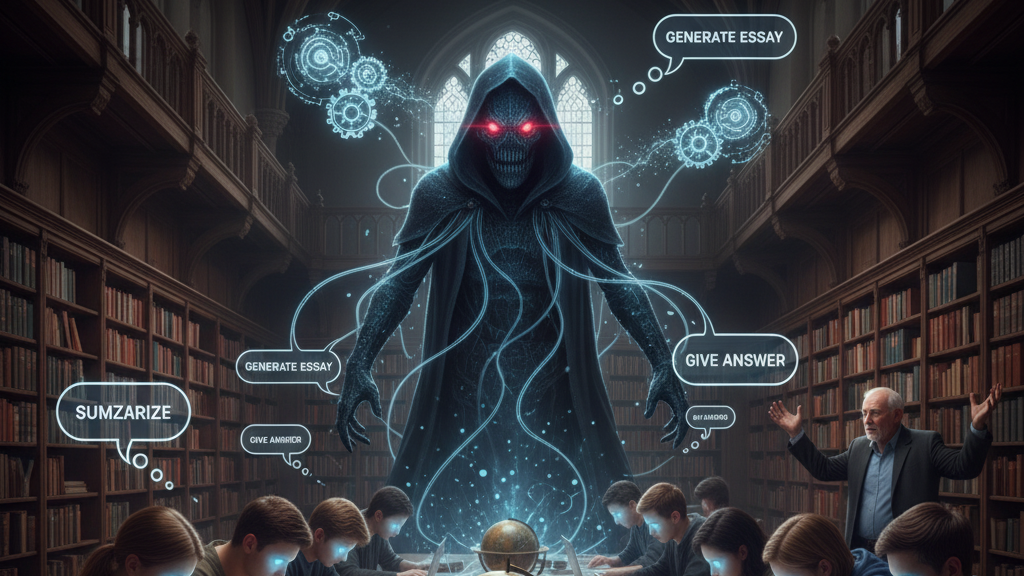
Source
Inside Higher Ed
Summary
A survey by Inside Higher Ed and Generation Lab finds that 85 % of students claim they’ve used generative AI for coursework in the past year. Among the habits observed, students with lower self-perceived academic competence or low confidence are more likely to lean on AI tools, especially when unsure or reluctant to ask peers or instructors for help. The study distinguishes between instrumental help-seeking (clarification, explanations) and executive help-seeking (using AI to complete work). Students who trust AI more are also more likely to use it. The authors argue that universities need clearer AI policies and stronger support structures so that students don’t feel forced into overreliance.
Key Points
- 85 % of surveyed students reported using generative AI for coursework in the past year.
- Students with lower academic confidence or discomfort asking peers tend to rely more on AI.
- AI use splits into two modes: instrumental (asking questions, clarifying) vs executive (using the AI to generate or complete work).
- Trust in AI correlates with higher usage, even controlling for other variables.
- Many students call for clear, standardised institutional policies on AI use to reduce ambiguity.
Keywords
URL
Summary generated by ChatGPT 5





